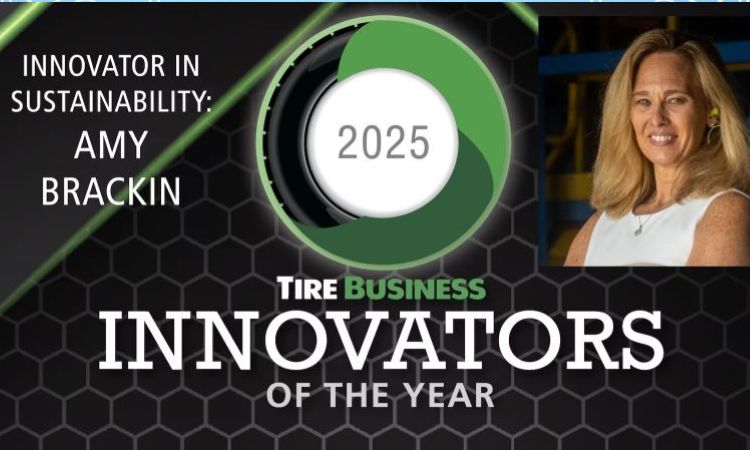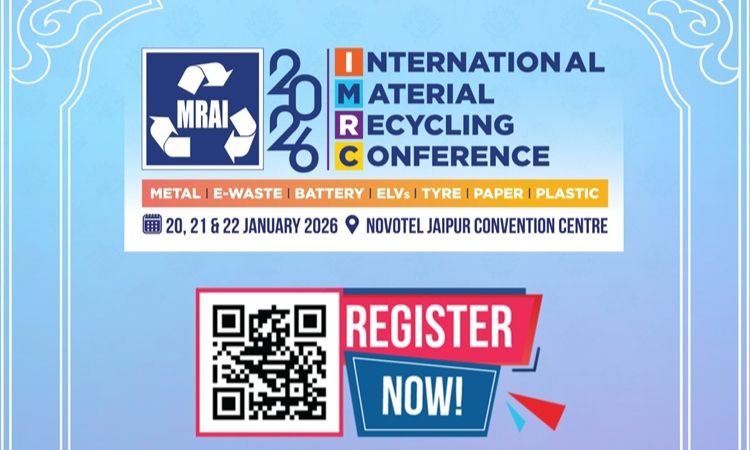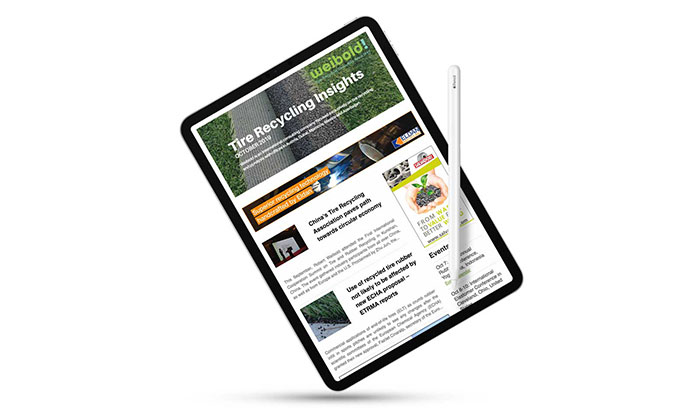Weibold Academy: what to consider when launching tire recycling business in developing countries
Nowadays, circular economy ideas are gradually becoming more widespread all over the world. While ever more interest to tire recycling and pyrolysis business arises in society and in industry, it is important to know how it functions before a plant is launched. This article is devoted to building a tire recycling / pyrolysis business in a developing country.
1) End-of-life tire collection
One the first issues that may arise during the phase of business planning or market research is the need to secure the raw material, namely end-of-life tires (ELT). As a rule, tire recycling companies source their feedstock from tire collection organizations or directly from tire stockpiles maintained by government or private contractors. Local end-of-life tire stockpiles in developing countries eventually may have limited supplies, because if ELT regulations are newly introduced to a country, tires may have been simply landfilled and will be scattered in small volumes all over the country.
Currently, the bulk of tires recycled in OECD countries come straight from tire collection programs, as in many of these countries tire stockpiles are almost eliminated. In developing economies, however, the situation is usually the opposite, and tire stockpiles may be depleted by recycling companies if there is no proper tire collection system in place. Therefore, it is crucial to either establish a central tire collection program regulated by government or launch a private tire collection system.
In China, which banned ELT imports a long time ago and arduously started implementing collection programs, this issue may not become a major problem due to developing regulations. The situation is somewhat different, but still plausible, in India, as it still imports ELTs from other countries and builds its regulations around this policy. Nevertheless, there are numerous countries all over the world where scrap tire accumulations are significant enough to sustain a multitude of tire recycling businesses and where proper tire recycling regulations still aren’t in place.
For companies and entities who invest in tire recycling businesses, it is crucial to get long-term contracts with ELT suppliers to keep steadily expanding production and have the solid confidence in the future supplies.
2) Domestic market for tire recycling or pyrolysis products
Another challenge is building domestic markets for recycled rubber products, tire-derived oil or recovered carbon black (rCB). We would like to remind that R&D activities by tire recycling companies and their efforts to substitute recycled rubber, tire pyrolysis oil and recovered carbon black for virgin materials must be supported by tire and rubber industry majors, environmental organizations, universities and, most importantly, governments. And this remains a major prerequisite for a continuing success of the world-wide tire recycling industry.
Most of the markets suitable for recycled tires include multi-billion industries which, when added together, shape a huge market full of opportunities. The biggest challenge for tire recyclers in these markets is to reach these massive industries to offer them innovative solutions, know-how, the best quality and prices. At the same time, tire recycling companies usually collaborate with governments to help implement stable tire collection programs. As a rule, authorities and governmental institutions in OECD countries support tire recycling businesses in their efforts to integrate recycled rubber in circular economy; namely, they help recyclers reach these influential representatives of the industries and design regulations encouraging use of recycled materials in consumer products.
Even though some experts assert that markets are rather saturated today, there is plenty of room for innovations but also for benchmarking, especially in developing countries. One of interesting examples is electricity generation schemes which favor residents to trade end-of-life tires for electricity.
In addition, molded products from recycled tire rubber remain a great way to add value to crumb rubber and fine rubber powder. The industry abounds with great application examples.
Some high-tech applications include spray-on blast-resistant concrete, pavement surface and innovative energy applications.
More innovative applications of recycled tire-derived rubber are available on our website here.
3) Reliable tire recycling or pyrolysis equipment
Another aspect which must be considered before launching a plant is machinery and production itself. Tire recycling is a capital-intensive business, and companies stay on top of their game if their recycling plants have high throughput capacities and low maintenance costs. The same applies to energy efficiency. Due to the reasons described above, stable supply of feedstock sometimes may be difficult in developing countries.
Tire recycling and pyrolysis machinery is definitely not an easy topic, which requires thorough attention and long time spent in a research. To dive deeper into the topic, please read our specialized articles about the most common problems with low-priced equipment, recent innovations in OTR tire recycling equipment, and many other topics here.
4) Specialized Pre-Feasibility Studies
To support young, as well as experienced companies with know-how and valuable advices, Weibold produces specialized studies and researches on tire recycling and pyrolysis business.
In our studies we pay close attention to all important aspects of launching and running tire recycling business. We thoroughly assess our clients’ situations taking into account their geographic location, feedstock availability, off-take options, regional and international market demand, etc. – and issue step-by-step guidelines how to succeed in the business of tire recycling. Please consider our services here and contact us at sales@weibold.com to learn how you can benefit from collaborations with us.
Weibold is an international consulting company specializing exclusively in end-of-life tire recycling and pyrolysis. Since 1999, we have helped companies grow and build profitable businesses.









